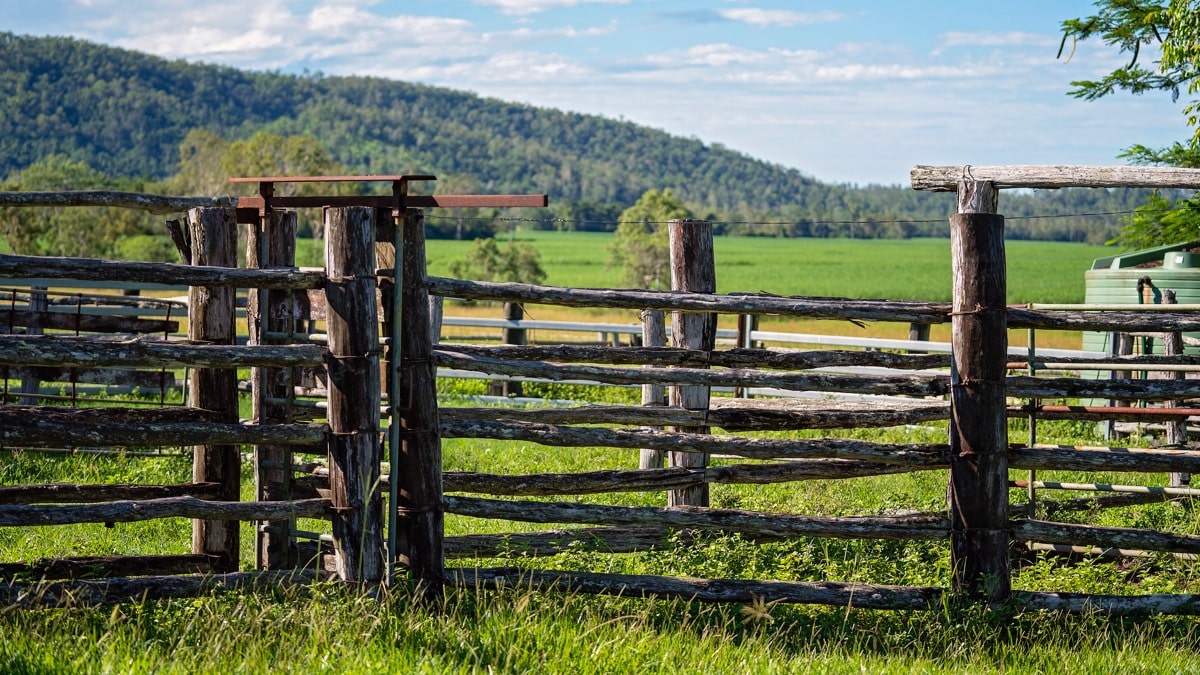In this guide
Last month we looked at the various options available to self-managed super funds to invest in the property market. Our property series continues this month, focusing on business real property and opportunities around owning business real property through an SMSF.
We will also look at specific rules that need to be followed and ongoing compliance considerations for SMSF trustees when holding business real property.
Background
Where a property meets the requirement to be business real property, it opens up certain opportunities for SMSF trustees, including the following two main benefits:
1. Acquiring assets from a related party
SMSF trustees are usually prohibited from acquiring assets from the members of the fund or from the funds related parties. This prohibition extends to assets that are either purchased by the SMSF or assets that are transferred into the fund as in-specie contributions.
An exception to this rule exists for property that meets the requirements to be business real property, so long as the transaction is carried out using the market value for the property and on arms-length terms.
This allows members of an SMSF to move existing business property that they may own personally, or through other entities like trusts or companies, into their SMSF. This could potentially provide significant tax benefits around the receipt of ongoing rental income and on any future capital gain when the property is sold.

Free eBook
SMSF investing essentials
Learn the essential facts about the SMSF investment rules, how to create an investment strategy (including templates) and how to give your strategy a healthcheck.
"*" indicates required fields
2. Leasing the property to a related party
The in-house asset rules contained within superannuation legislation apply a 5% limit on fund assets that are leased to related parties.
However, business real property is excluded from the 5% in-house asset limit, allowing a related party business to rent these premises from the SMSF.
What is business real property?
Business real property refers to freehold or leasehold land that is used wholly and exclusively in carrying on a business.
When applying the business real property test, we need to look at the underlying land and what that land is being used for.
Examples of business real property might include:
- A commercial office space used by a professional to run their business
- A warehouse or factory used entirely in a business
- A rural property on which a primary production or farming enterprise is carried out.
It is important to note that the business use of the property is not limited to businesses owned or operated by the SMSF members. The property could be used by an unrelated party in their business and still meet the requirements to be business real property.
When residential property meets the brief
A common misconception is that only commercial property can qualify as business real property. This is not always the case.
Residential property can meet the requirements to be business real property so long as two basic conditions are met:
Manage your SMSF smarter – for free

Access practical, independent guides and checklists to help you run your fund with confidence with a free SuperGuide account.
Find out more- There needs to be an eligible interest in real property, being either a freehold or leasehold interest
- The property must be used ‘wholly and exclusively’ in one or more business.
Examples of when residential property could meet these conditions include:
- A residential property used wholly and exclusively by a doctor as their surgery
- A residential property used wholly and exclusively as a real estate agent’s office
- A block of land owned by a property developer currently being held for a future development
- Where the property is one of many other residential properties owned and operated as part of a property management or property investment business.
The following example is taken from the ATO SMSF ruling on business real property:
Benefits worth considering
There are several benefits in owning business real property through an SMSF, especially when it is your own business making use of the property.
A tax effective ownership structure: Super funds receive concessional tax treatment compared to other ownership options. Rental income is usually taxed at a concessional rate of 15% when the property is held in accumulation phase or can be tax free when the super fund is entirely in retirement phase.
Capital gains are also concessionally taxed in a super fund – 15% in accumulation phase or a reduced rate of 10% where the property is held for 12 months or more.
Where the super fund is entirely in retirement phase, capital gains are tax free.
Security of lease: When your SMSF owns the property from where you operate your business, you are effectively your own landlord, which can reduce relocation risk often associated with being an unrelated tenant.
Funding your retirement: The rent paid by your business to your SMSF can be used to fund your own retirement.
Supercharge your SMSF

"*" indicates required fields
More effective use of business capital: Rather than having hundreds of thousands of dollars invested in the physical property from where a business is run, that money could instead be used within the business itself or to fund future growth or for working capital.
Protection from creditors: Owning assets within super often provides protection from creditors. Having the property ownership separated from the business ownership could, in some cases, provide a level of protection where things go wrong in the business itself.
Risks that need to be considered
There are of course potential risks that need to be considered when owning business real property in an SMSF.
Diversification and cashflow risks: Holding business real property in an SMSF often results in a considerable proportion of the fund assets being invested in the one asset class and, in many cases, the one asset, resulting in a lack of diversification.
Unforeseen tenant vacancies can also strain the fund’s cashflow.
SMSF trustees need to consider both these issues when formulating their overall investment strategy.
Liquidity and divisibility risk: Property transactions tend to be slow and usually require an extended period to settle. This delay can create a liquidity issue where an SMSF needs access to large amounts of cash quickly.
Ongoing management and maintenance expenses: Property ownership requires ongoing management. This can be outsourced to professionals but comes with a cost that can eat into profits.
Manage your SMSF smarter – for free

Access practical, independent guides and checklists to help you run your fund with confidence with a free SuperGuide account.
Find out moreOngoing maintenance expenses also need to be factored into the SMSF’s cashflow.
Compliance considerations
There are further compliance requirements that need to be considered when holding business real property in your SMSF.
Investment strategy: SMSF trustees need to review and, when needed, update or amend their existing investment strategies when entering into a property purchase.
Valuation requirements: SMSF assets need to be recorded at their market value in the fund’s annual financial statements. This is a responsibility imposed on the fund’s trustees and would usually require the involvement of a professional.
Arm’s-length dealings: All dealings in relation to the property need to be entered into and maintained on arm’s-length terms, especially when the dealings are with related parties.



Leave a Reply
You must be logged in to post a comment.